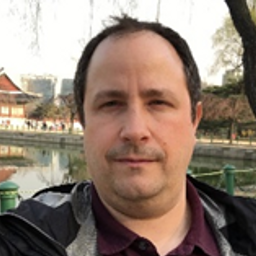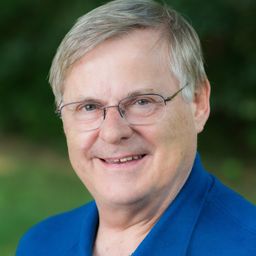
Murray Pearson
Murray Pearson has over 30 years of experience in mechanical engineering and design of specialty chemical and metallurgical process plants, including a diverse background in piping, instrumentation, estimating, procurement, and project engineering. His project assignments include feasibility studies, basic engineering and detailed design of autoclave facilities & related processes for the oxidation & extraction of non-ferrous metals such as gold, silver, nickel, cobalt, and copper. His assignments have included extensive site work on a variety of projects for sulphide oxidation, high pressure acid leaching, sulphide precipitation, strontium refining, titanium dioxide purification, as well as nylon-6 polymer, automotive paint, antioxidants, and organic acids production.
His field experience includes construction, inspection, and commissioning of several novel chemical process (CPI) facilities, start-up support for a synthetic rutile upgrade facility, commissioning, and start-up of a cobalt pressure oxidative leach circuit in Zambia. Between 2003 and 2006, Murray oversaw the engineering and design of novel demonstration plants for chloride assisted oxidative leaching of nickel and copper sulphides (Voisey Bay Nickel, Usina Hydrometallurgical Carajas), and commercial processing of Pentlandite (Glencore/Xstrata CCR). From 2006 to 2012, Murray supervised the mechanical design of the world’s largest pressure oxidation facility, constructed by Hatch, for the Pueblo Viejo Project, a 24 000 tonne per day refractory gold plant located in the Dominican Republic. From 2017 to 2021, he was project manager for Polymetal’s Amursk Phase 4 POX Hub Expansion, and oversaw the design, fabrication and delivery of the world’s largest pressure oxidation autoclave and its associated pressure oxidation facility.
Murray graduated with a Bachelor of Engineering from the University of Saskatchewan, and an MBA from Queens University, Smith School of Business. As Director of Technology Development for Hatch’s High-Pressure Metallurgy practice, his responsibilities include research & development of new technologies for hydrometallurgical applications, patents, and intellectual property related to pressure hydrometallurgy.
Murray is an industrial supporter of the Green Surface Engineering and Advanced Manufacturing (Green-SEAM) Network and member of its Scientific Committee.
Sessions in which Murray Pearson participates
Thursday 2 June, 2022
Sessions in which Murray Pearson attends
Wednesday 1 June, 2022
Thursday 2 June, 2022
Sustainability plays an important role for society and the economy in preserving sensitive ecosystems and the basis of our lives. The factory and production of the future are at the focus of interest. Methodical considerations through life cycle engineering and life cycle assessment make it possible to understand and optimise the influences of product development in the context of the sustainability of a product. With the help of surface technologies, product properties can be modified and...
We will discuss what US Aerospace and Defense (A&D) organizations are doing to replace Cd, chromates, etc, and the developments that are taking place to reduce the time and cost of doing so.In response to North American and European regulations and ESOH concerns, the US Department of Defense and the A&D supply chain are replacing materials, treatments and coatings that are themselves toxic or require the use of toxic chemicals for manufacturing or sustainme...
A Solid Oxide Fuel Cell (SOFC) is an electrochemical conversion device that produces electricity directly from oxidizing a fuel. Metal-supported SOFCs offer a variety of manufacturing benefits and a more rugged design over more traditional sintering methods. Thermal spray technologies such as plasma spraying carry the promise of reducing the cost and increasing the yield of SOFC manufacturing when compared to bulk ceramic sintering processes. The ability to appl...
In this presentation, we will give an overview of the various thin film material challenges related to quantum applications and we will also show how thin film coating is crucial to achieve high efficiency photovoltaic cells.
Cardiovascular diseases represent the leading cause of death in the world. Stents are used to treat the complications that atherosclerosis causes at late stage of its progression. Made from different alloys such as stainless steel, nitinol and cobalt chromium alloys (L605), this latter has generated significant interest because it allows the fabrication of thinner devices, which have decreased post-implantation clinical complications. ...












